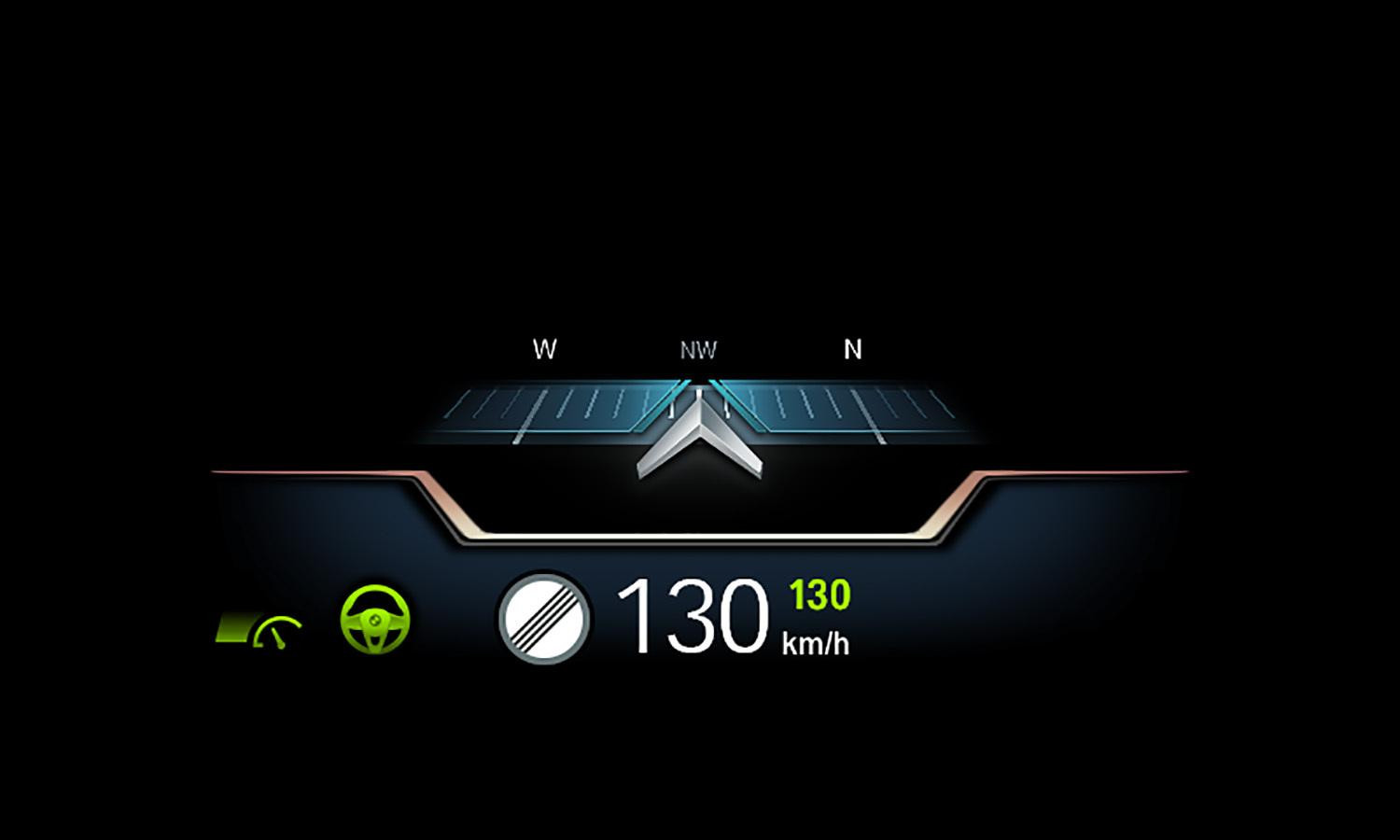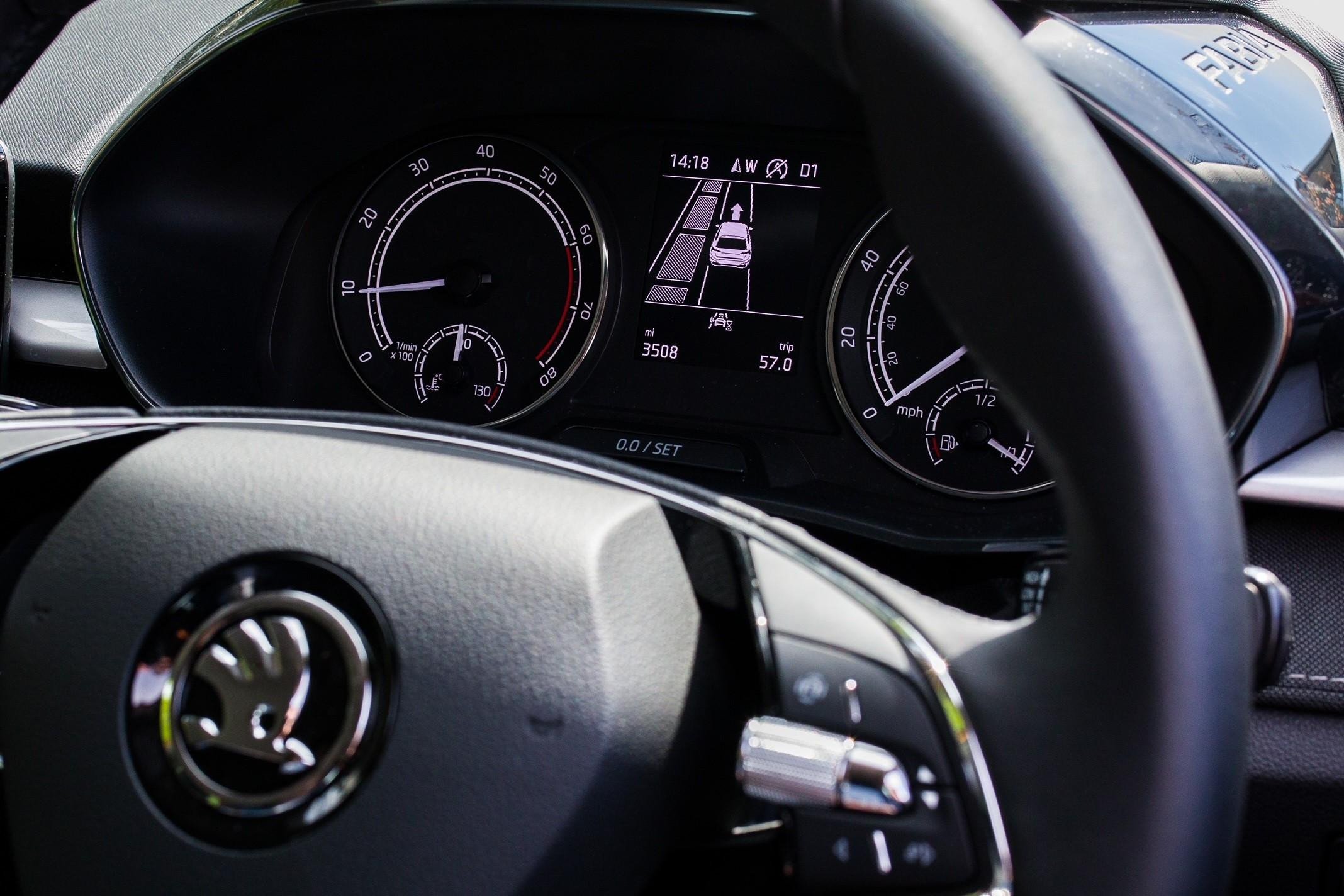What are driver assistance systems and how do they work?

What are driver assistance systems and how do they work?
Modern cars are becoming jam-packed with assistance systems. Designed to help make cars safer and easier to drive, they’re offered by nearly all manufacturers in some form or another. They cover many different areas, too, so deciphering just what they do and how they’re designed to help can prove a little tricky, to begin with.
So here, we’re going to go through some of the key driver assistance systems that you might find on your next car and look at how they work.
Adaptive Cruise Control

You may have already driven a car with conventional cruise control. It allows you to set a desired speed and the car will maintain it without the need to apply the throttle. Adaptive cruise control takes this one step further.
Using a front-mounted radar, a car with Adaptive Cruise Control maintains a set distance from the vehicle in front. You’ll still pre-set a speed as you would with a regular system, but the car will actively speed up and slow down depending on the car in front. So when the car in front moves away, you’ll speed up too.
Autonomous Emergency Braking
Autonomous Emergency Braking - or AEB - is a core part of a suite of equipment designed to make cars safer. It’s now mandatory on all new cars, in fact, so you’ll see it become far more commonplace.
If the system detects an impact, it automatically flashes an alert on the driver’s display. If, however, the driver takes no action, the system will activate the brakes and perform an emergency stop as well as trigger the hazard lights. It can’t, of course, avoid an accident entirely but it can really help reduce the speed in the event of an impact.
Blind Spot Warning
Blind Spot Warning systems are pretty self-explanatory, really. It’s a system which will detect if there’s a car in your blind spot and will warn you straight away. Most cars feature an illuminated part of the wing mirror which will activate when there’s a car in your blind spot.
Other cars incorporate an audible alarm which will sound should you try and change lanes when there’s a car in your blind spot.
Forward Collision Warning
Forward Collision Warning is slightly different to AEB because it requires the driver to take action, so it can’t automatically trigger the brakes if it detects an obstacle.
It can, as the name suggests, activate an alert if it detects an obstacle, pedestrian or vehicle in your path.
Lane Departure Warning
Lane Departure Warning is a clever bit of kit that really helps during motorway driving. It uses a camera mounted inside the car - you’ll tend to find it behind the rear-view mirror - and this scans the road ahead to ‘see’ where the white lines are.
If it detects that your vehicle is straying outside of the lane, it’ll sound an alert on the driver’s screen. It automatically switches off if you use your indicators to change lanes, however.
Lane Keep Assist

Lane Keep Assist takes the basics of the Lane Departure Warning system and steps things up a notch. It uses the same camera setup, too, but can actively ‘steer’ a car if it senses that it is straying out of its lane. It’ll sound a warning, too.
We must also point out that though this system can help to steer a vehicle, it can’t be considered self-driving or autonomous. The driver needs to keep their hands on the wheel at all times and, if the car detects that isn’t the case, will sound an alert.
Parking Assist

Parking Assist is a must-have for people who find parking a bit of a bother. The system ‘looks’ for spaces and will determine whether or not it is large enough to fit your car.
Once it has found a suitable space, it can actually park the car for you. You’ll need to operate the throttle and brake, but the car’s onboard system will take care of the steering so that you get inch-perfect parking every time.


















